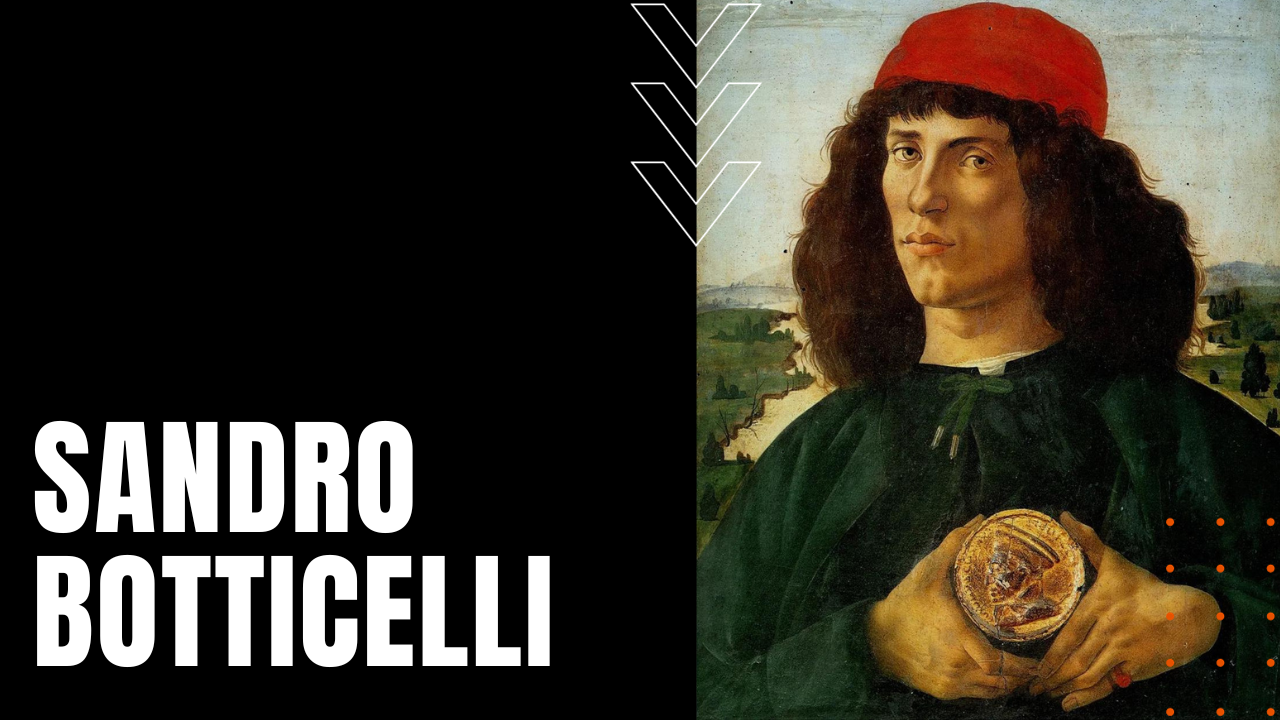Sandro Botticelli

Born Alessandro di Mariano di Vanni Filipepi in 1445 Florence Italy, Sandro Botticelli’s early paintings were heavily influenced by the artistic techniques of Filippo Lippi and Andrea del Verrocchio, which allowed the young artist to develop a unique style during the Italian Renaissance, characterized by delicate figures, flowing lines and a sense of grace and beauty.
Early Works
Most famous and cherished from his early years as a painter include Madonna and Child and Madonna and Child with an Angel. As his techniques and skills matured, Botticelli would produce his most famous and renowned works, including The Birth of Venus, portraying the goddess Venus surrounded by nymphs and zephyrs, while his Primavera is an allegorical composition featuring various mythological figures in a lush garden setting, symbolizing the arrival of spring.
Famous During his Lifetime
During his lifetime, Botticelli enjoyed the patronage of the powerful Medici family, who were prominent supporters of the Florentine art scene, including other famous artists such as Brunelleschi, Donatello, Fra Angelico and Michelangelo. Receiving numerous commissions from the Medici’s and other wealthy supporters, their patronage allowed Botticelli to experiment with a number of religious or mythological subjects, employing graceful techniques which made him famous during much of his lifetime, while injecting a significant influence over the development of modern painting techniques during the remaining years of the Italian Renaissance.
A Fall from Fashion
Much of Botticelli’s work would fall out of favor by the late 1490s, however, when the political and religious climate was altered by the fiery Italian reformer, Girolamo Savonarola, after the Dominican priest voiced his outright contempt for secular art, leading Botticelli to burn many of his pagan works at the now infamous Bonfire of the Vanities. After his death 1510, his work remained largely unappreciated for centuries to come, until Early Renaissance art was rediscovered by pre-Raphaelite art connoisseurs in the 19th century. Today, Botticelli’s emotional depth and harmonious compositions remain widely celebrated as one of the greatest painters of the Italian Renaissance, making Sandro Botticelli, yet another standout attraction in art museums the world over.
